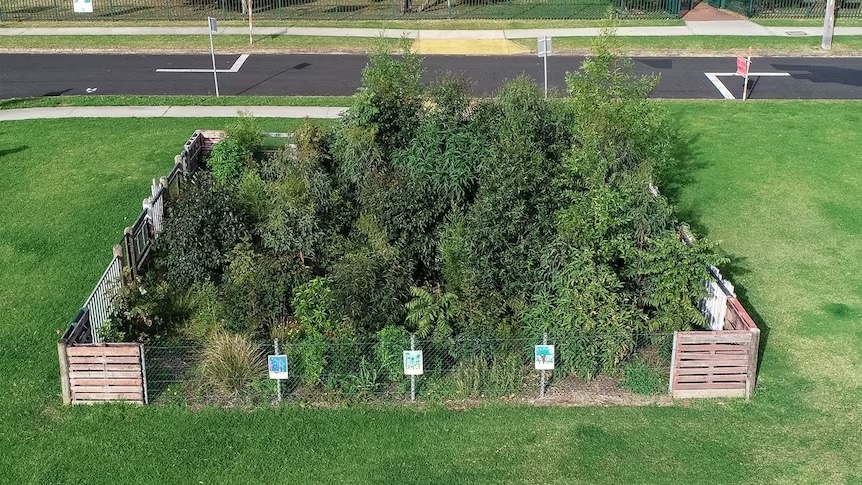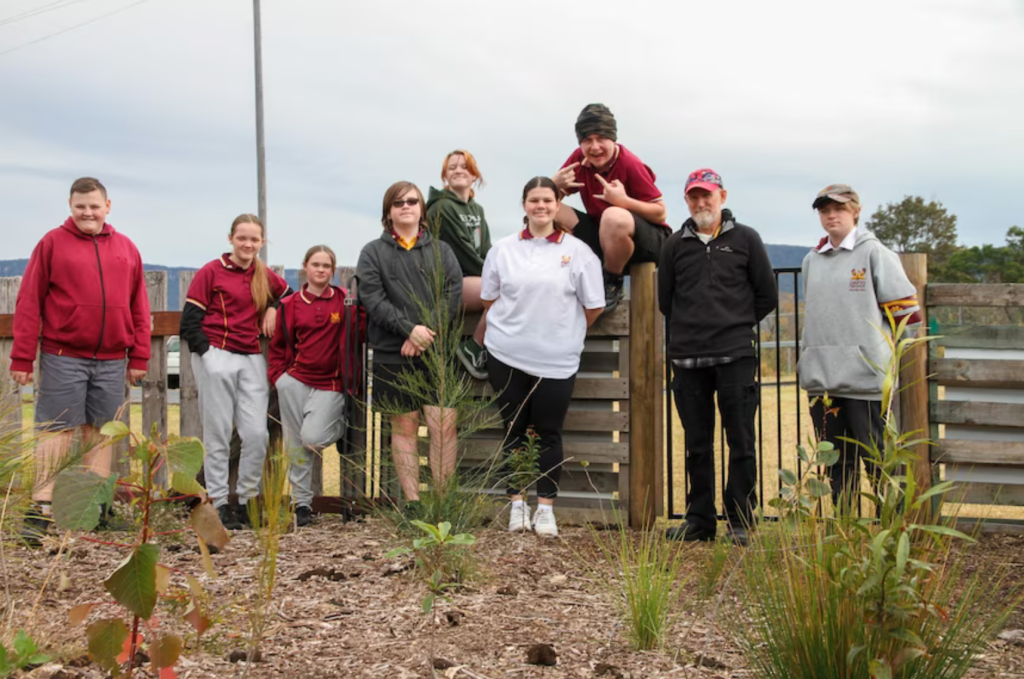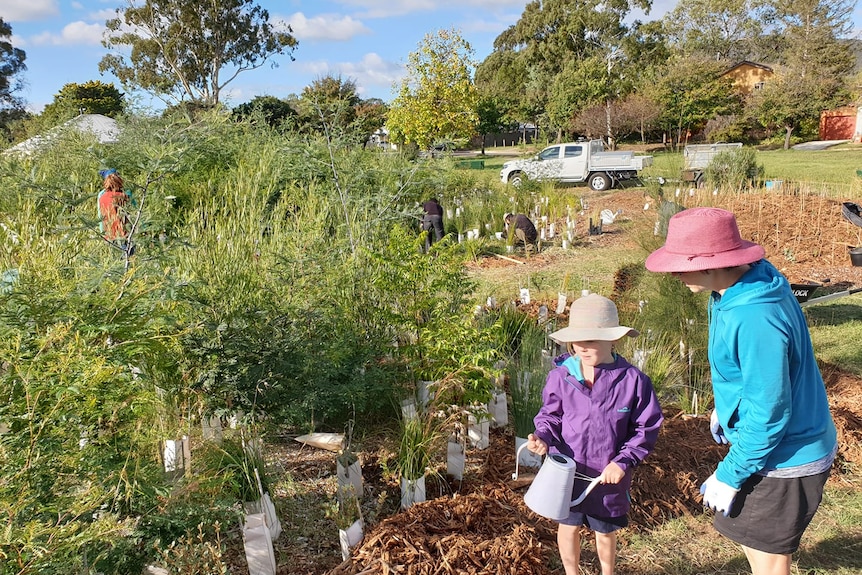The ongoing clearing of urban land for housing, industry, commerce and infrastructure is whittling away urban green space. Human-induced climate change is leading to hotter temperatures in the climates we live in. Temperature increases in cities are compounded by the combination of loss of vegetation on top of global warming. Reducing native vegetation also leads to loss of biodiversity and, particularly in cities, poorer mental and physical health and social interactions as well as associated environmental damage.
These detrimental effects on urban life were recognised by a Japanese botanist, Akira Miyawaki, in the 1970s, some years after warnings about global warming were first taken seriously. What Miyawaki saw inspired him to do something positive to counteract the declining quality of the urban environment. His basic idea was to restore urban native forests. By doing this, he aimed to restore or repair indigenous, local ecosystems to benefit both local and global biodiversity, to reduce global the atmospheric concentration of carbon dioxide (a far-sighted idea!), to improve the living environment for us urban dwellers and to achieve better coexistence between humans and nature.
As a botanist, Miyawaki researched and developed a very clear strategy to establish urban forests. One of his basic ideas is that the plants that originally grew in a particular environment are the best ones to use to re-establish an urban forest. The first stage of the planning process for an urban forest is researching the plants and plant associations native to the area. Following this, plant species are chosen and plants propagated. At the same time, the soil on the site is studied and amended if possible or else up to 300 mm of new topsoil is imported. After plants are planted, mulch is laid down and the whole site maintained for up to three years to prevent weeds invading. Miyawaki claimed that, after three years, the crown of the new forest will have closed enough to ensure few weeds can grow on the new forest floor and that minimal maintenance should be needed from then on. Miyawaki’s forests have multiple strata. He makes the point that the green surface of this type of forest is about thirty times as large as that of a single-stratum lawn and so has a much larger capacity for absorbing carbon dioxide from the atmosphere. Another advantage of these forests is that they can reach a stable state in a few decades, compared to several hundred years for a natural forest

Miyawaki’s approach has been taken up recently in Australia and applied to growing urban forests on land of whatever size is available to make the most of the little urban space we have free. Various names have been used to describe these urban forests, including “Miyawaki forest”, ”tiny forest”, ”pocket forest”, “mini forest” and “microforest” and reflect just how small some can be. One in Wollongong is about the size of a tennis court. Miyawaki recommended an overall planting density of two to three seedlings per square metre, which was used in the Wollongong tiny forest and is roughly the same planting density often used in revegetation programmes now. Some school students have planted a tiny forest near their school in the Illawarra to preserve green space for the whole community and hope their work will encourage others to take part in conserving the environment

Other tiny forest projects have also led local people to recognise the benefits they provide and to take part in establishing and maintaining them, resulting in an improved local natural environment and stronger community links. Researchers at the Australian National University are watching this growing interest in tiny forests and, when enough are established, hope to be able to properly measure their effects and evaluate their usefulness.
Apart from the advantages of increased biodiversity and community involvement, tiny forests can help to reduce urban heat. The green canopy cover intercepts solar radiation before it hits the ground and reduces the heat absorbed, stored and radiated by hard ground (soil, concrete, bitumen etc.). The vegetation also acts as a “natural air conditioner”, as plants draw water from the soil (as long as they have adequate water) and release it into the air through transpiration and, in this way, help to cool the surrounding area.
Tiny forests are one strategy to use in urban greening, which is becoming increasingly important to tackle urban heat, Australia’s number 1 natural disaster killer. Sebastian Pfautsch from Western Sydney University, who works on heat in urban areas, emphasises the need for urban greening to reduce heat-related deaths. As Miyawaki, Pfautsch emphasises the importance of research to find the right plant to achieve the outcome you want. Different trees provide different cooling effects because of the shape of their canopy and this affects what you plant where. I, and no doubt many readers, will have to look the other way when Pfautsch uses the London plane tree as an example of a very desirable type of tree to combat urban heat!
Miyawaki advocated creative ecology, something that Pfautsch and others associated with the projects mentioned above are also clearly practising. Urban greening, while not enough on its own to tackle the effects of climate change on cities, is one important strategy and relies on ecological and horticultural creativity to help make and keep our cities more sustainable.

The inspiration for the piece came from this article so please check it out for some additional insights.
